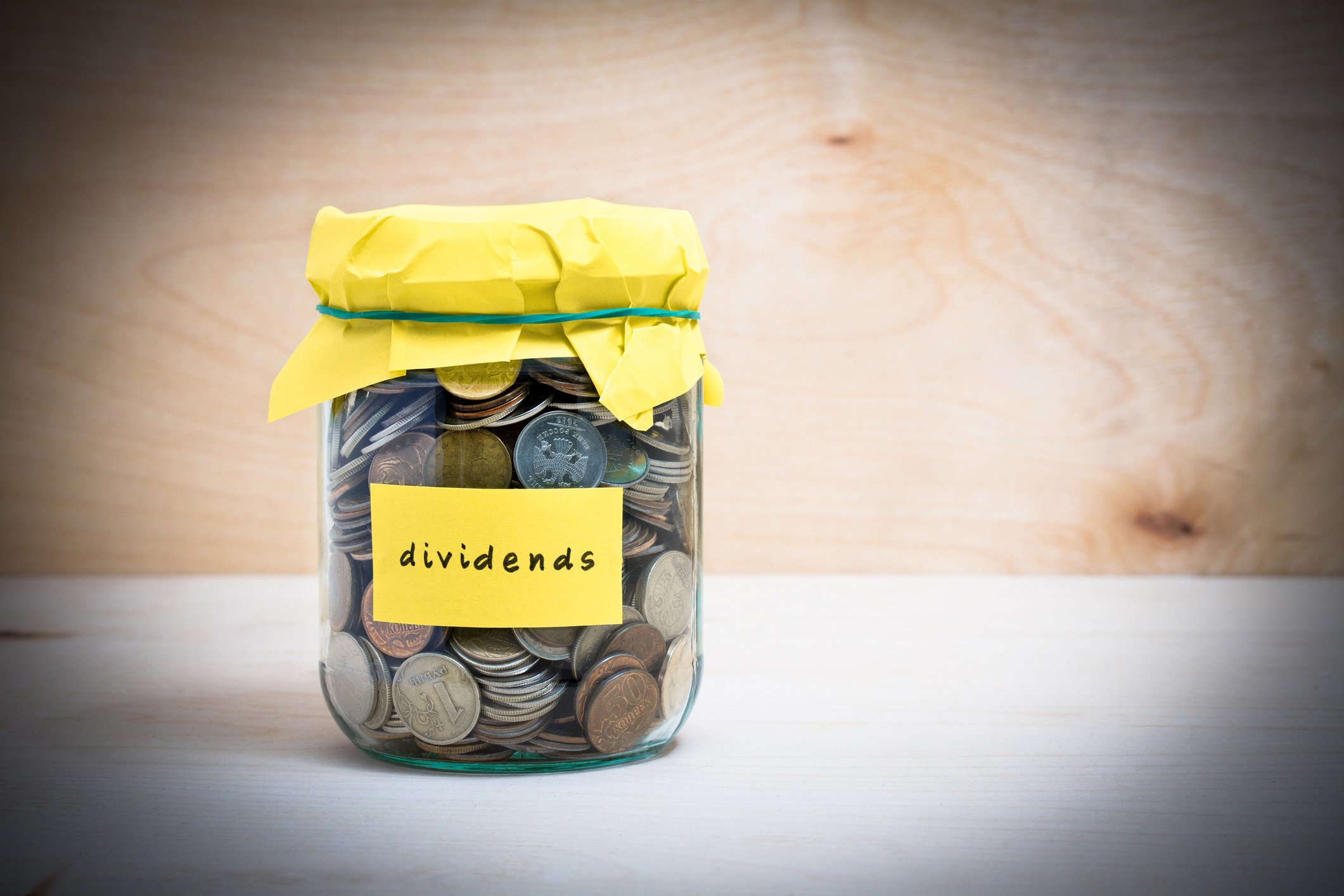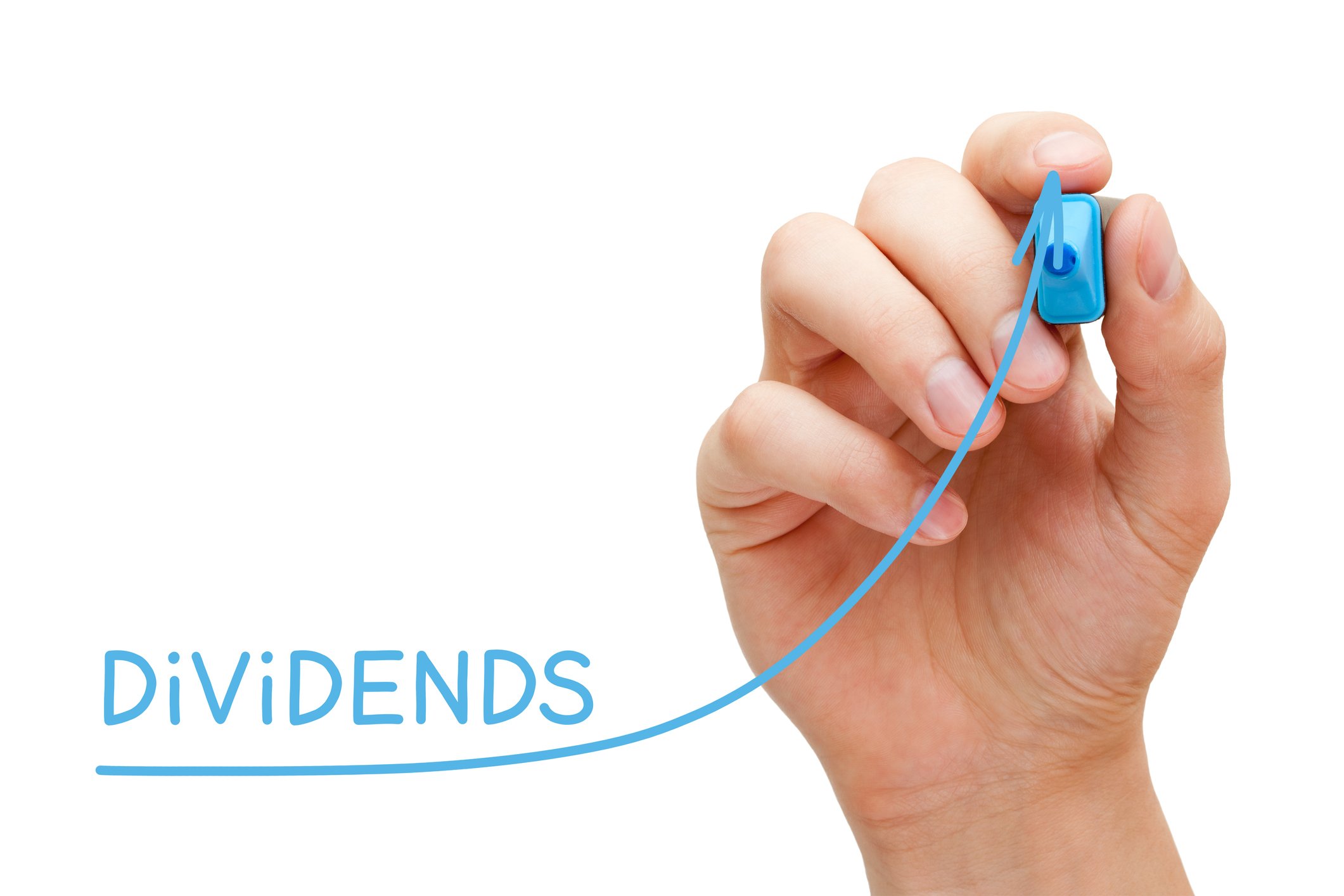Most investors who choose to fill their portfolios with high-yield dividend stocks do so because they desire a low-risk income stream.
That may not always be what they're getting: Those bigger payouts are often part of the compensation for taking on more risk. In other cases, they reflect a stock that has been beaten down -- and that may not be done falling. That's why those interested in dividend investing need to dig much deeper than a stock's current yield when analyzing it as an investment opportunity.
Here are two data-driven facts about high-yield stocks that investors need to know so that they can spot a dividend yield trap before one ends up in their portfolio.

Image source: Getty Images.
1. Sustainability is crucial
Dividend-paying stocks have historically outperformed the broader stock market as measured by the S&P 500. That's evident in the data. On average, companies that paid dividends produced total annualized returns of 8.8% from 1972 through 2018, according to a report by Ned Davis Research. For comparison, the S&P 500's total annualized return was 7.3% over that period.
However, as Ned Davis Research drilled down deeper into the data, they found that a dividend's sustainability was a vitally important factor in gauging whether a stock would be a sound investment. As evidence, consider this statistic: The total annualized return produced by companies that either cut or eliminated their payouts was negative 0.8%. In other words, investors generally lost money on once-high-yielding stocks that couldn't maintain their dividends.
That has been the case in the energy sector in recent years. Due to the industry's challenges, many of its high-yielding master limited partnerships (MLP) had to reduce their distributions in order to shore up their balance sheets. Summit Midstream Partners' (SMLP +0.00%) yield, for example, looked alluring when it was in the double-digit percentages. Unfortunately, the company was barely producing enough cash to cover its payout, and also had a debt-laden balance sheet. Given those financial problems, Summit had no choice but to slash its payout 50% in late February to conserve cash. Units of the MLP have continued to slide since then because investors remain worried about the company's financials. As a result, Summit's total return so far this year is negative 50%.
2. Growth matters more than yield
Another fact yield-seeking investors need to know is that dividend growth stocks -- those that routinely increase their payouts -- have historically outperformed those that kept their payouts flat. According to data by Ned Davis Research, companies that increased or initiated their dividends generated an average 9.6% annualized total return in the period from 1972 through 2018. Those that didn't change their dividends, however, only produced a 6.9% total return, underperforming the broader S&P 500.
One key factor that correlated with a company's outperformance was having a lower dividend payout ratio, which translates into having more free cash flow to invest in expanding the business.
Canadian pipeline giant TC Energy (TRP +0.55%) is an excellent example of the power of dividend growth. Since 2000, it has produced a 14% average annual total shareholder return, and done so while maintaining a much more conservative dividend payout ratio than its peers -- typically 60%, whereas most of its industry counterparts usually paid out more than 80%. This gave it more cash to invest in building out its pipeline business -- investments that in turn enabled TC Energy to consistently grow its cash flow, and keep raising its dividend each year. Overall, TC Energy has expanded its dividend at a more than 7% compound annual rate since 2000. Further, the company has the capacity to boost its payout (which currently yields 4.7%) at an 8% to 10% rate through at least 2021. Because of that, this stock should be able to continue outperforming the market over the long term.
Sustainable growth matters more than yield alone
Yield-seeking investors must consider two crucial factors before buying a dividend stock. First, they need to weigh the payout's long-term sustainability, factoring in things like the payout ratio and the health of the company's balance sheet. In addition, they need to determine whether the company has the capacity to increase its payout. For that to happen, it needs a strong financial profile as well as visible growth prospects. Investors who choose sustainable growth over an alluring high yield will not only avoid many potential disasters, but also stand a better chance of finding big long-term winners.






